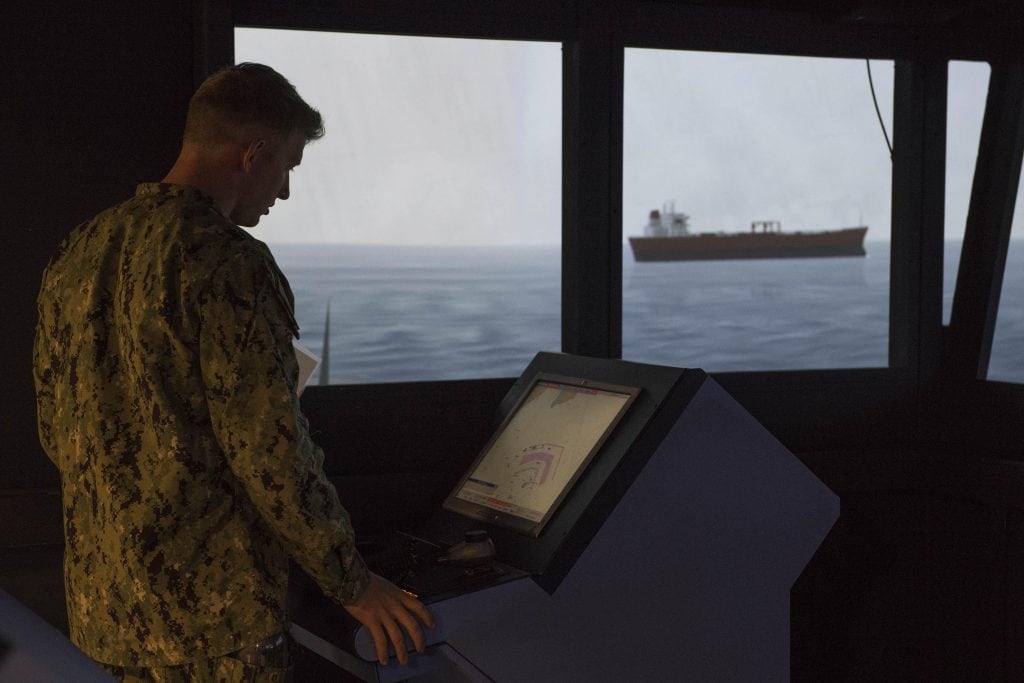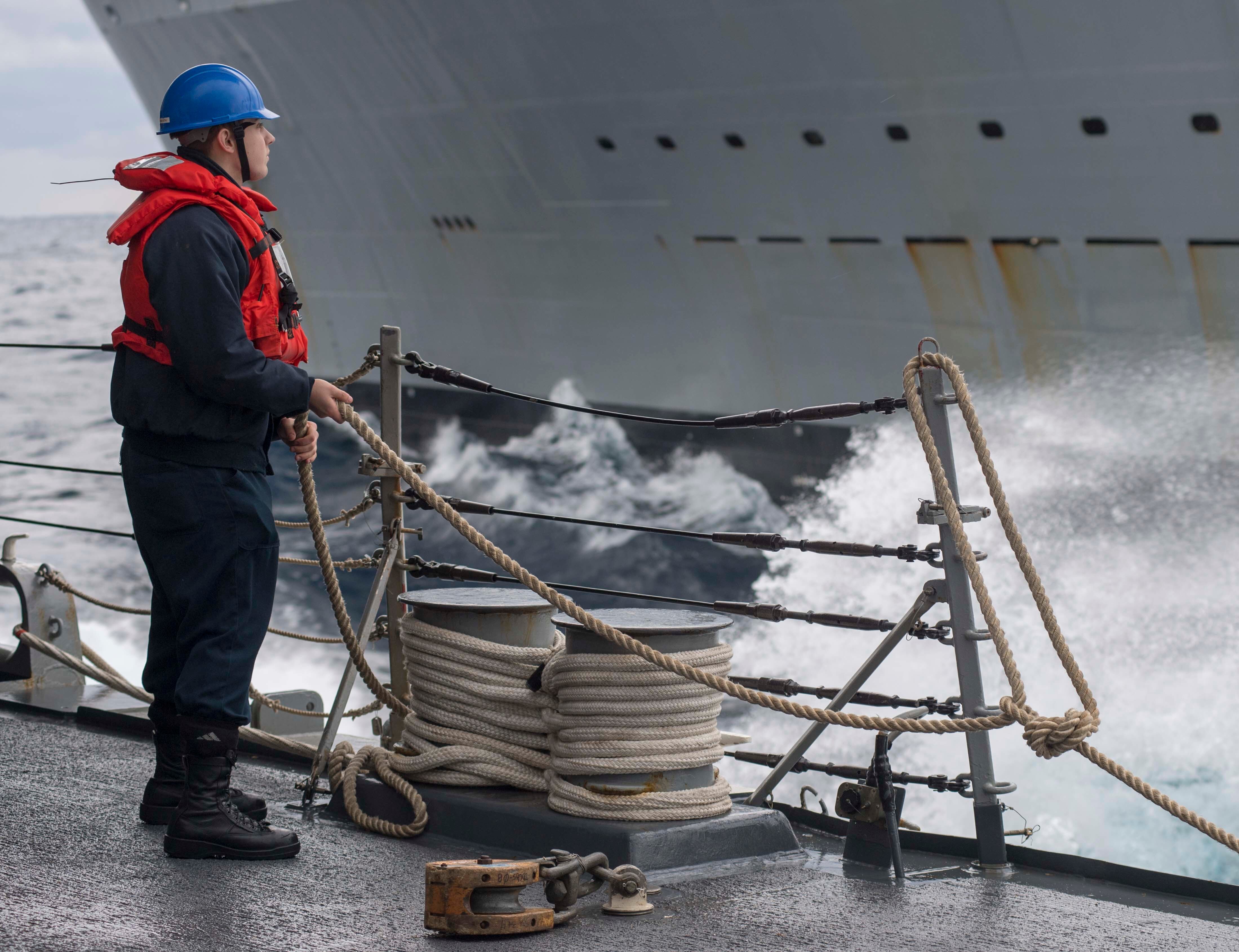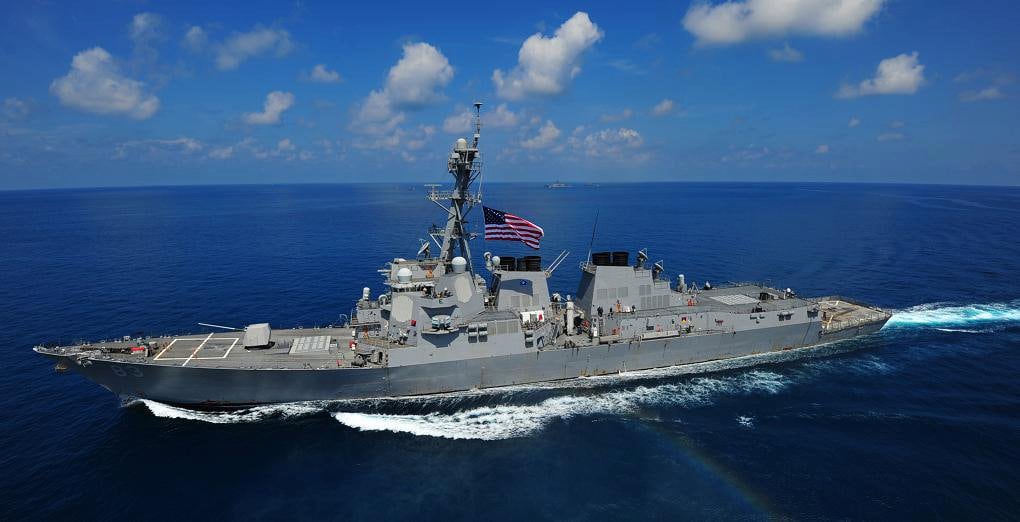Navy leaders up and down the chain of command identified “training deficiencies” during the maintenance and deployment cycles for multiple guided-missile destroyers “but did not address the identified deficiencies,” according to a Pentagon watchdog report on fleet readiness released Tuesday.
While the Defense Department Inspector General report is the latest to raise concerns about readiness in the surface fleet, Navy leaders say most of the shortcomings identified in the audit have been rectified.
IG’s assessment looked at the multi-phase, 36-month, optimized fleet response plan, or OFRP, and other records for a dozen destroyers from 2013 to 2018.
Introduced in 2014, the OFRP ensures ships and their crews are fully trained and certified before deployments, creating predictable and sustainable readiness levels.
The audit took place from February 2018 to November 2019 and scrutinized four destroyers forward-deployed to Rota, Spain — Carney, Donald Cook, Porter and Ross — plus James E. Williams, Mahan, Stout and Oscar Austin in Norfolk; the San Diego-based Howard and Pinckney; Chafee in Hawaii and Kidd in Everett, Washington.
RELATED

While detailed findings for each ship are redacted in the public version of the report, it states that for nine of the 12 destroyers “commanding officers reported training deficiencies, such as the inability to be certified or maintain proficiency in mission areas such as Electronic Warfare or Undersea Warfare.”
The report notes that “Navy fleet commanders, type commanders and unit commanding officers identified training deficiencies during the Arleigh Burke-class destroyers’ OFRP cycles but did not address the identified deficiencies.”
When it came to deployment certifications for the dozen destroyers, five out of 12 “had training deficiencies such as training that was either incomplete, or not completed under established conditions or standards,” IG found.
Four of the 12 surveyed ships also “did not complete repetitive training exercises, which are required to maintain proficiency in mission areas,” the report states.
Examples of those shortcomings were redacted in the report released to the public, but IG indicated the deficiencies persisted because the Navy did not always complete its training requirements in accordance with the Surface Force Readiness Manual, the sea service’s blueprint for how ships should go through the OFRP.
“USS Howard did not complete all Strike Warfare mission area exercises, such as those for Naval Surface Fire Support before deployment,” according to the report. “Therefore, the ship will not be able to conduct gunnery support, such as identifying where the ship is shooting.”
Other examples of problems tied to incomplete training are redacted in the public version of the report.
Howard’s crew had to submit a waiver request stating that they were unable to execute all strike warfare mission area training exercises before deployment “because the timing of training events coincided with the ship’s deployment date.”
“The inability to complete the mission area exercises affect the proficiency of the teams and the ability of the ship to contribute to the joint fight ashore.”
And while the manual allows for waivers, it had not addressed “what happens if a ship does not clear a waiver before deployment,” IG wrote.
The report notes that Navy leaders have announced dozens of surface fleet reforms following two systemic reviews in the wake of two lethal collisions involving the Japan-based destroyers Fitzgerald and John S. McCain in 2017, but no warships homeported in the 7th Fleet’s area of operations were included in the recent audit.
In a Jan. 17 response letter attached to the report, Adm. Christopher Grady, head of U.S. Fleet Forces Command, wrote that the OFRP cycles of the 12 audited destroyers spanned from 2013 to 2018, before most corrective actions stemming from those “findings could gain a foothold.”
“Given the period of analysis supporting the report findings, the shortfalls addressed within the report have been corrected, and solid methodologies are in place to continue forging readiness and effective risk management, while preventing regression,” Grady added.
RELATED

Grady noted that, among other reforms, the Navy has since changed its Surface Force Readiness Manual, but IG determined “the update did not include any significant changes that would affect our findings, conclusions, and recommendations.”
IG recommended that U.S. Fleet Forces Command, U.S. Pacific Fleet and lower commands “determine whether Arleigh Burke-class destroyers currently deployed or in the sustainment phase of the OFRP have outstanding training deficiencies; and direct Arleigh Burke-class destroyers to complete any outstanding training requirements immediately or as soon as the mission allows.”
In response to the report, Rear Adm. Kenneth Whitesell — the deputy commander of Pacific Fleet — told investigators that all destroyers “currently deployed or in the sustainment phase are fully certified.”
Updates to the Surface Force Readiness Manual “contains checkpoints to ensure ships are Basic Phase certified before deployment,” he added.
Ships undergo two readiness assessments when returning from deployment “to ensure training certifications are maintained throughout the sustainment period, and to determine areas where focused training might be required,” according to Whitesell.
Although Whitesell’s comments “addressed all specifics of the recommendations,” the report indicated that IG’s prescriptions would remain open until he "provides the methodology and supporting documentation used, including ships assessed and applicable certifications, to conclude that all Arleigh Burke-class destroyers currently deployed or in the sustainment phase are fully certified.”
Geoff is the managing editor of Military Times, but he still loves writing stories. He covered Iraq and Afghanistan extensively and was a reporter at the Chicago Tribune. He welcomes any and all kinds of tips at geoffz@militarytimes.com.





